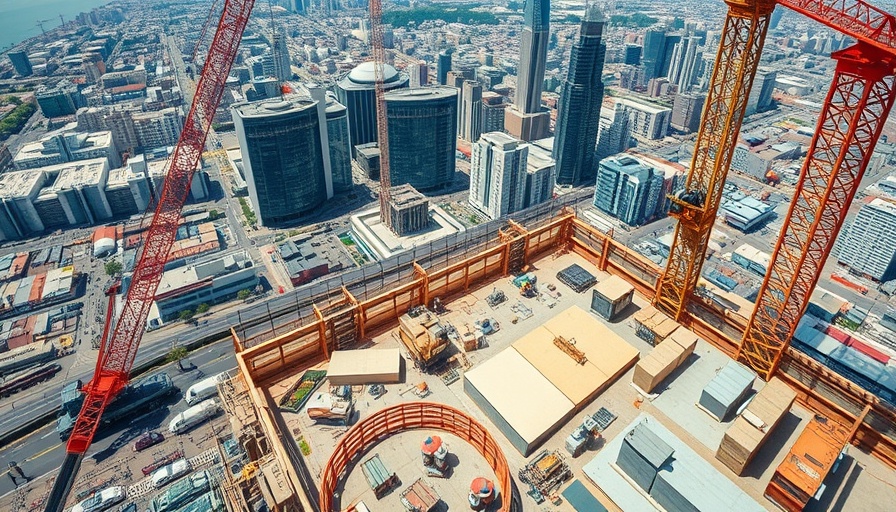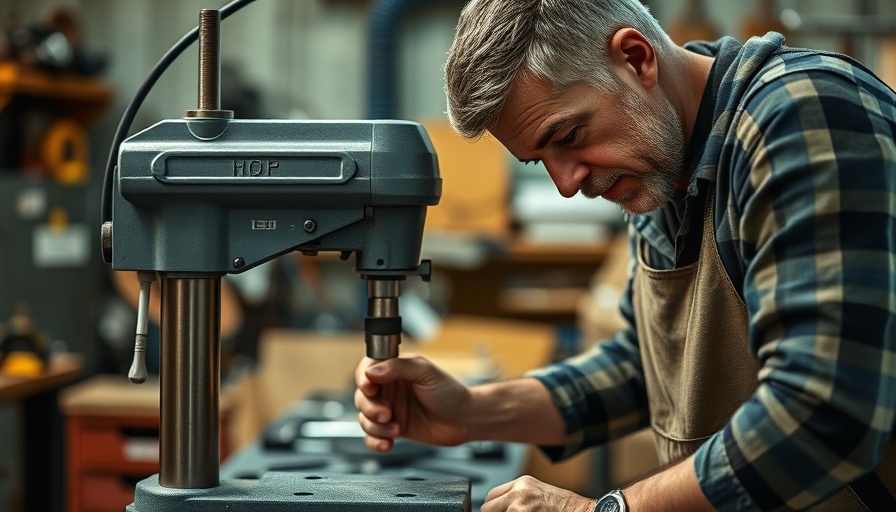
Transform Your Bathroom: Essential Safety Upgrades for Seniors
As we age, adapting our living spaces becomes crucial for maintaining independence and preventing accidents. The bathroom, often considered one of the most hazardous areas in the home, requires special attention, especially for elderly family members. By making a few thoughtful upgrades, you can enhance not only safety but also comfort and style. Here’s how to transform your bathroom into a safe, functional oasis for seniors.
Understanding the Importance of Bathroom Safety
Slippery floors and high fixtures make bathrooms a significant risk zone for older adults. According to the NHS, falls in bathrooms are alarmingly common, often resulting in serious injuries. Aging populations living in multigenerational homes, particularly in urban areas like London, make upgrading bathrooms a pressing concern. These modifications not only protect loved ones but also add value to your property.
Key Upgrades for a Safer Bathroom
Here are practical modifications you can implement to foster a safer bathroom experience:
1. Install a Walk-In Shower
A walk-in shower eliminates the risky step over a bathtub, making it significantly easier and safer for seniors to bathe. Select models with anti-slip flooring, accessible controls, and optional seating. Consider a thermostatic shower valve to stabilize water temperature, thus preventing scalding accidents.
2. Consider a Walk-In Bath
If your family members prefer taking baths, a walk-in tub is a safe choice. With low-entry doors and built-in seating, they eliminate the struggle of climbing in and out of a conventional bath. Some models even come with therapeutic jets, providing an added layer of comfort for those with aches.
3. Add Grab Rails for Support
Grab rails are among the most cost-effective safety upgrades you can make. They provide essential support in critical areas such as the shower, bathtub, and toilet. Opt for stylish, modern designs that blend seamlessly with your bathroom decor. Remember to install them at an appropriate height for easy access.
4. Widen Doorways for Accessibility
Standard doorways can limit mobility for those using wheelchairs or walkers. Widening doorways to at least 32 inches or switching to sliding doors can facilitate easier access. This is especially wise if your remodel plans might expand into other areas of your home.
5. Upgrade to Comfort-Height Toilets
Comfort-height toilets can make a world of difference for elderly family members. By sitting higher off the ground, they reduce the strain on knees and hips, making both sitting and standing easier. If replacing the toilet isn't feasible, consider adding a raised toilet seat as an interim solution.
6. Focus on Non-Slip Flooring
Finally, tackle the issue of slippery floors. Replace traditional tiles with non-slip options such as textured tiles, rubber, or vinyl flooring. These materials offer better grip, greatly reducing the chances of falls.
Embracing a Holistic Approach to Bathroom Design
Thinking about accessibility doesn’t mean relinquishing style. Modern designs emphasize both aesthetic appeal and functionality. Transitioning your bathroom can create a loving environment that fosters independence and safety while enhancing the property value. Young homeowners, especially in London, can make these thoughtful upgrades not just for older family members, but for future-proofing their homes. It’s an investment that pays off in peace of mind, practicality, and style.
Future Trends in Bathroom Design for Seniors
As the population ages, we can expect to see even more innovative solutions for inclusive bathroom designs. Smart technology, from automatic faucets to voice-activated showers, is paving the way for a more integrated approach to bathroom safety. Consider these technologies as part of your upgrades to keep your home at the forefront of accessible living.
By implementing these bathroom upgrades, you not only enhance safety for elderly loved ones but also create a welcoming, stylish environment that respects their needs. Whether you’re hosting aging parents or planning for the long term, investing in a safer bathroom is a crucial step in nurturing independence while ensuring their well-being, ultimately enriching family life.
Take your first step today towards a safer environment by considering how these upgrades could uniquely benefit your family dynamics. For tips on how to implement these changes or explore further enhancements, reach out to local home improvement professionals.
 Add Row
Add Row  Add
Add 




Write A Comment